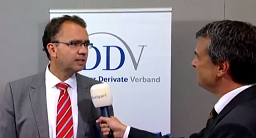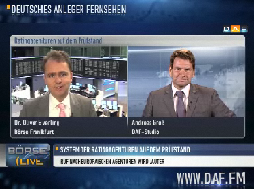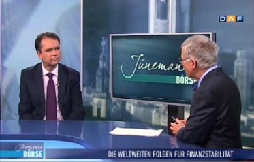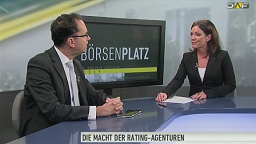« Aktuelle Kommentierung der MaRisk | Home | Blätternder Rendite-Lack »
Moody�??s Miscues
Von Dr. Oliver Everling | 7.Mai 2008
As regular readers of the GIA Bulletin know, Moody’s Investors Service operates on the basis of several key premises, writes Roger P. Nye, President, Global Investment Advisors, Inc., Carlsbad, California, USA (www.gia-inc.com), in his publication: „To survive in their business, Moody’s believes it is paramount to maintain credibility at all costs, be strong enough to move markets, serve investors and never admit a mistake.“ His writings and early warnings over the years help us understand some aspects of the current credit crisis.
It is incredible, says Nye, that Moody’s appears to have violated some of these fundamental operating guidelines by introducing a more quantitative approach to assessing creditworthiness. In 2005 and 2006, Moody’s became more „metric“ in its analyses, fine-tuning its approach to bank ratings by introducing quantitative formulas, „factor mappings,“ „economic insolvency overrides,“ and „sub-factor weights“ into their assessment of credit risk and bank financial strength. The purpose is ostensibly to increase the transparency and consistency of the ratings.
It’s one thing to quantify liquidity, profitability and efficiency but quite another to posit that government supervision should count for 5.1% and market risk appetite 3.5% of the weight of bank analysis in developing markets. Nye: „Does Moody’s really think such formulas will give investors a clearer picture of creditworthiness?
Moody’s prior bank rating methodologies for developed and emerging markets published in 1999 have stood the test of time well and are used in the market. „Did Moody’s think it was going to get an edge in the ratings competition with S&P and Fitch by adding complexity?“ In GIA’s opinion, attempting to quantify soft and subjective variables is an exercise in „false precision.“ It has the appearance of scientific scholarship but provides little extra benefit to those in need of real world answers.
The agency has been sorely tested, states Nye in April 2007, as a result of an attempt to put too fine a point on its bank rating methodology. The matter came to a head when Moody’s published a set of new bank ratings with Aaa’s assigned to certain large banks in Europe (Landsbanki) and the U.S. (JP Morgan, Wells Fargo) that were in Moody’s view very likely to be rescued by their governments, due to their importance in the economy, in the event of a banking system crisis or insolvency on the part of the bank.
The approach had backfired. „The reaction to Moody’s innovation has been scathing,“ according to The Economist on March 10, 2007. The Financial Times of March 13, 2007 reported „a storm of investor protest.“ Moody’s had confused the market and undermined the trust and confidence of its main constituency – the investor. Investors are saying that the new approach lacks utility – just give us a simple indicator of a bank’s credit risk, they say, not separate slices of inherent financial strength and the likelihood of government rescue.
To minimize the damage to its credibility, Moody’s did not admit it had made a mistake but rather announced days later (March 30, 2007) that it had completed a „review“ of the new bank rating methodology based on feedback from market participants and had decided to „refine“ its approach by changing the assumptions about external support levels. As a result, the banks Moody’s had just upgraded under the new methodology will now be downgraded one to three notches. Instead of the extra transparency and consistency Moody’s had hoped to achieve, says Nye, the agency has suffered a blow due to this volte face.
Themen: Nachrichten | Kommentare deaktiviert für Moody�??s Miscues
Kommentare geschlossen.
 Börse hören. Interviews zu aktuellen Ratingfragen im Börsen Radio Network. Hier klicken für alle Aufzeichnungen mit Dr. Oliver Everling seit 2006 als Podcasts.
Börse hören. Interviews zu aktuellen Ratingfragen im Börsen Radio Network. Hier klicken für alle Aufzeichnungen mit Dr. Oliver Everling seit 2006 als Podcasts.










